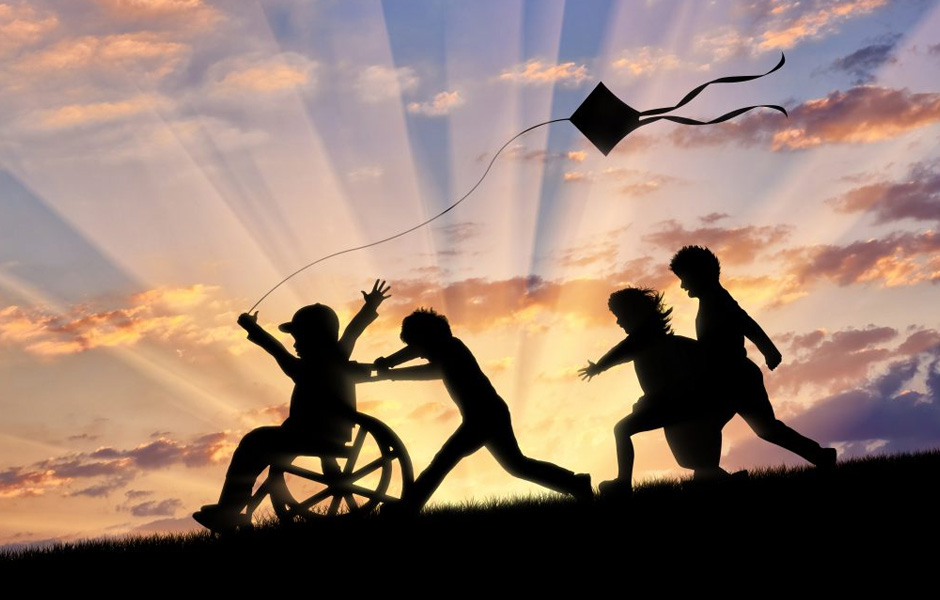5 OF THE MOST COMMON CHILDHOOD DISABILITIES
A disability in a child is either an impediment or a total loss of an ability which is mostly due to damages in physical, cognitive, or intellectual senses thereby limiting the child from participating effectively in society just like every other child.
Children with disabilities, however saddening, should have every opportunity in life just like others though it is well known that their disabilities make this arduous. They may not be able to reach and maximize their potentials to the fullest if they have to fully live with these impairments.
Hence in a quest to eradicate or rather reduce health inequalities, these abilities are better understood. The reasons must be traced so a cure or management can be put into place if these children are to be given a chance to a life of improved health and wellness.
The following are five (5) of the most common childhood disabilities.
1) ATTENTION DEFICIT HYPERACTIVITY DISORDER (ADHD)
This is a disability in children where there is either a short span of attention or they pay no attention at all when learning or reading. It has been observed that children with this disability struggle with concentration, time management, they appear forgetful, they also find it difficult to stick to a decision for long.
It should never be mistaken as an excuse for laziness. This disability makes it difficult for the child to have a good social life, leads to major underachievement, and also makes self-discipline almost impossible.
It can be helped if extra attention is paid to the child in a less distracting space.
2) HYPOTONIA
This is a physical disability in children where there is a low muscle tone. Hypotonia is a weakness that causes children to have underdeveloped muscles in their bodies, especially in their legs. Children with this impairment find it hard to engage in rigorous activities like running, dancing, walking, or even standing as they are always limp and are constantly fatigued.
3) LANGUAGE DISORDER
In this case, children do not have properly developed speech and language abilities. They can either have difficulty in hearing or speaking and sometimes it can be both. Occasionally, the delay in speech and language development may be due to a brain injury or may just be one of the symptoms in children having other disabilities like Autism, spectrum disorder, etc.
4) DYSPRAXIA
Dyspraxia is a physical disability that can be referred to as Developmental Coordination Disorder, (DCD). There is an absence or underdevelopment of physically coordinated muscles. Hypotonia, as mentioned above, is one of the symptoms of this disability. It is considered as having a distinctive yet more general developmental delay. Children with this disability have issues in developing writing skills, sports skills, self-feeding, or even crawling.
5) PROFOUND AND MULTIPLE LEARNING DISABILITIES (PMLD)
This term is used when a child has been tested and proven to have more than one disability. It majorly involves a learning disability alongside a sensory injury, difficulty in mental health, and also complex health needs.
Children with this disability have to be put under intensive care for most parts of their lives including emotional and physical support all through.
These are just a few of the disabilities children suffer from, thus, showing how much physical and emotional support they need. Proper and effective consultations should be made so they can have a better chance at life. Do you need further guidance? Please, contact us via any of the means below.







